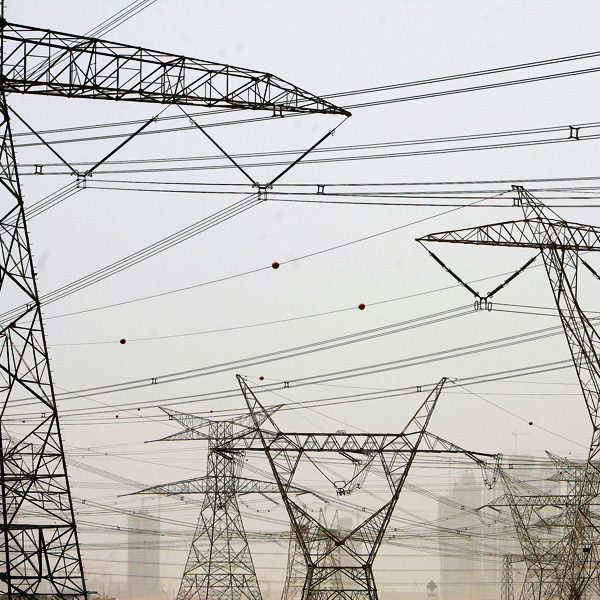
Energy
Renewables are today’s growth story, but fossil fuels still dominate, writes Guy Chazan
Changing sources of energy
Ever since the industrial revolution the world has relied on fossil fuels for energy. Coal, oil and natural gas have been the mainstay of our economies, powering industries, fuelling our transport and heating our homes.
But a new sight is emerging in the western industrial landscape: wind turbines and solar panels. Renewables’ share of the world’s energy mix is increasing and challenging the hegemony of fossil fuels.
The rise of solar has been particularly striking. Ten years ago, installed global photovoltaic capacity was about 2.8GW. By last year, that had grown to 102GW – enough to meet the energy needs of more than 30m European homes. Installed wind capacity has grown from 39GW to 282GW over the same period.
This is not the first shift in energy use. In the 19th century, wood gave way to coal as industrialisation gathered pace, and the power industry switched from oil to natural gas after the oil price shocks of the 1970s. But the move to renewables is the only big power change driven largely by government policy.
The reason for that state support is climate change. Low-carbon technologies are seen as key to slowing global warming. That gives countries an incentive to support renewable energy, even though it is much harder to harvest and costlier than electricity generated from fossil fuels. Though some subsidies have been withdrawn since the financial crisis of 2008, in countries such as Germany they are still substantial.
Germany has become a renewables juggernaut. It hopes to generate at least 35 per cent of its electricity from green sources by 2020. But last year renewable power generators earned about ¤20bn for electricity that was worth much less on the wholesale market – and consumers paid for the difference.
The growth of renewables is just part of a broader narrative of growing diversity in energy supplies. Nuclear power has emerged from the shadow of Chernobyl to stage a surprising comeback – one that was almost derailed by Japan’s 2011 Fukushima disaster but is now back on track. Though countries including Germany have turned their backs on nuclear, others, including the UK, see it as a vital component of the energy mix. China alone has 28 reactors under construction.
Yet despite the inroads made by wind, solar, biofuels and nuclear, energy continues to be dominated by fossil fuels. ExxonMobil, the oil major, says coal, oil and gas will account for 80 per cent of the energy mix in 2040 – little different from now. That is partly a result of growing confidence about the outlook for oil and gas supplies.
Driving this is the shale revolution. Techniques such as horizontal drilling and hydraulic fracturing (fracking) – in which water, sand and chemicals are injected into shale rock to release the oil and gas trapped inside – have opened up vast energy reserves previously thought uneconomic.
The surge in shale production has pushed down US natural gas prices and prompted a manufacturing renaissance in the US as industries such as petrochemicals take advantage of cheaper gas. The boom has been replicated in the oil sector, as crude production soars in places such as North Dakota’s Bakken Shale. The US could be almost self-sufficient in energy by 2035, overtaking Saudi Arabia and Russia to become the world’s largest oil producer by the second half of this decade, according to the International Energy Agency.
The race is on to emulate the US, with Ukraine, China and Argentina all investing heavily to develop their unconventional resources. And with the oil majors also investing more and more to find and extract crude oil and gas, it is too soon to write off fossil fuels.
